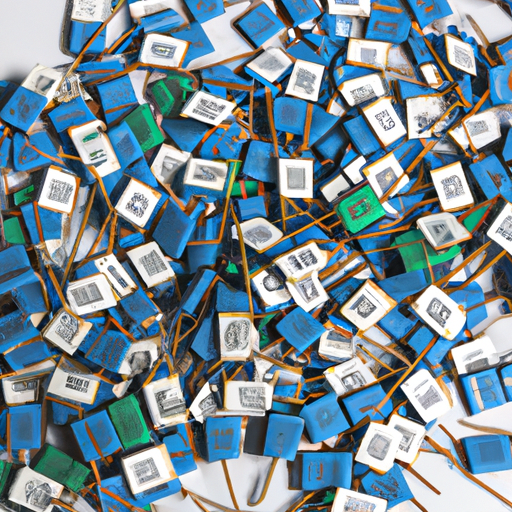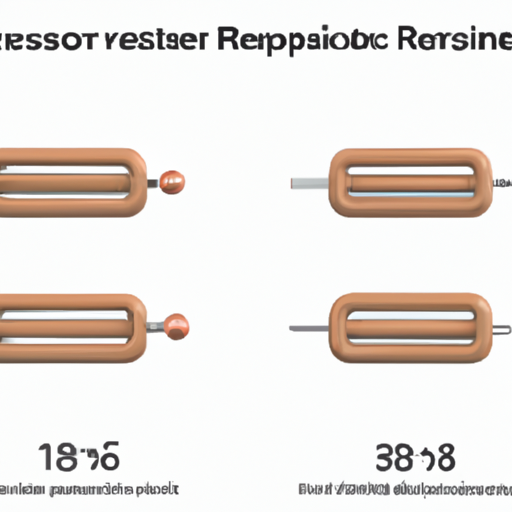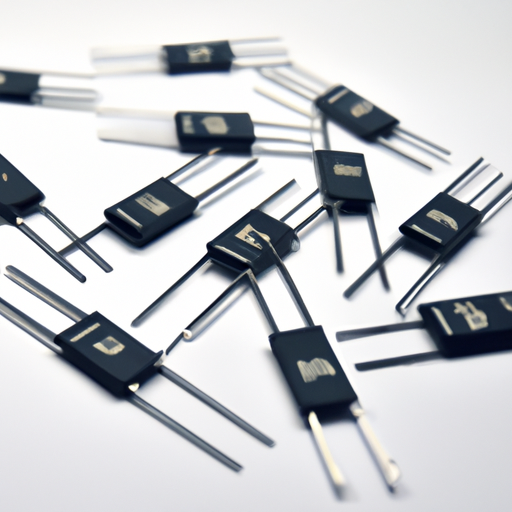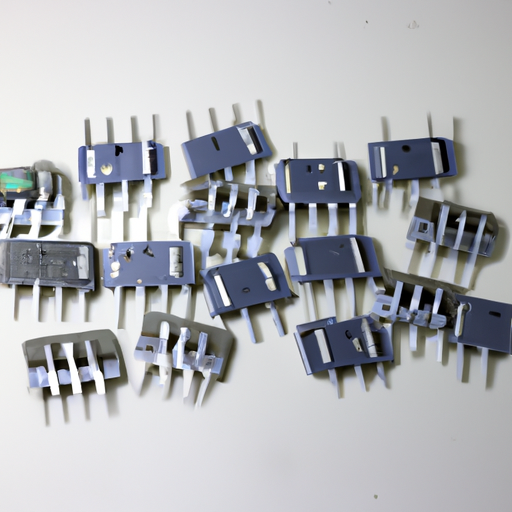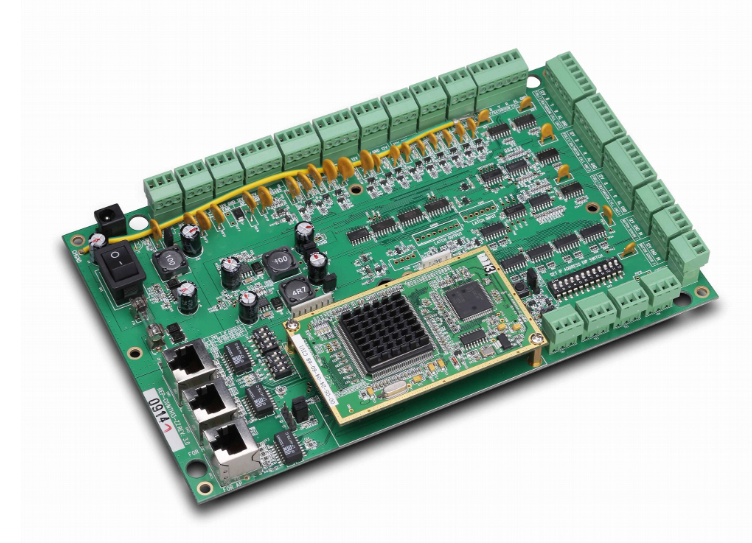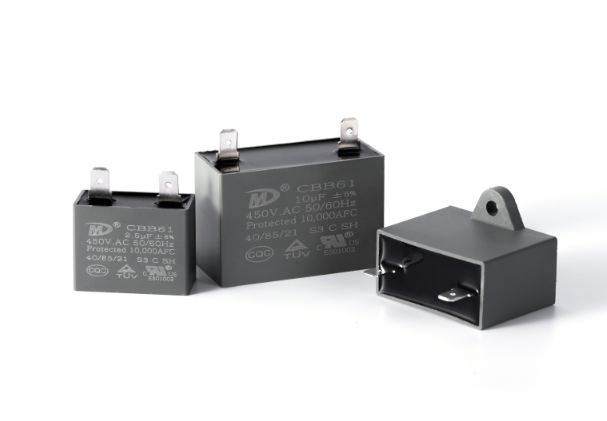What are the product categories of LED drivers?
3
Led's drive is generally referred to as the Led's Luminous Module Controller, which controls the current. If the control current is not good, the lamp may be damaged. Sometimes the current and voltage can be very unstable, then the driver will play a role. So LED drives are very good to check for damage during use. If it is damaged, it can cause the light to dim or turn off directly, and it can also cause flashes. Led driver is an electronic device that drives the LED light to emit light and work normally. It is equivalent to the heart of the LED lamp. When the driver is in problem, the whole LED lamp will be in problem. Drivers can be categorized (1) Constant current: A. The output current of the constant current drive circuit is constant, but the output DC voltage varies in a certain range with the magnitude of the load resistance value. Load resistance value is small, output voltage is low, and the larger the load resistance value, the higher the output voltage is. B. Constant current circuits are not afraid of short-circuit loading, but full open loading is strictly prohibited. C. Constant current drive circuit for LED is ideal, but relatively expensive. D. Pay attention to the maximum withstanding current and voltage value used, which limits the number of LEDs used. (2) Voltage regulator: A. When the various parameters of the voltage regulator circuit are determined, the output voltage is fixed, but the output current changes with the increase and decrease of the load. B. The voltage regulator circuit is not afraid of load opening, but it is strictly forbidden to completely short-circuit the load. C. Drive the LED with a regulator-driven circuit, each string needs to be added with a suitable resistor to make each LED display brightness average; D. The brightness will be affected by the voltage change coming from the rectifier.
Read more

 Help you save cost and time.
Help you save cost and time. Provide reliable packaging for your goods.
Provide reliable packaging for your goods. Fast and reliable delivery to save time.
Fast and reliable delivery to save time. Excellent after-sales service.
Excellent after-sales service.







